How To Implement Erp

ERP Implementation Services
With over 7 years of experience in software development, Itransition offers comprehensive ERP implementation services. We assist your company in adopting an off-the-shelf ERP platform or developing a custom solution tailored to your specific business needs.
Zeit, ein effektives System kennenzulernen
Das ERP-System ermöglicht dem Unternehmen den Zugang zu Echtzeitdaten und analytischen Berichten.
Wettbewerbsvorteil
Das ERP-System verschafft dem Unternehmen einen Wettbewerbsvorteil.

Förderung des Wachstums
Das ERP-System unterstützt das Wachstum des Unternehmens.
Minimierung der Kosten
Das ERP-System reduziert die Kosten des Unternehmens.



HR System Design and Deployment
Define the objectives and benefits of the ERP project.
Document and analyze current and future business processes.
Assess your organization's preparedness for the transition.
Evaluate the existing digital landscape to align with ERP requirements.
Review and assess any existing ERP systems.
Analyze the financial and operational benefits of the ERP project.
Project Total Cost of Ownership and Return on Investment.
Plan the budget and allocate resources effectively.
Negotiate terms and conditions with ERP vendors.
- Identify the technology stack required for implementation.
- Develop a detailed project schedule and roadmap for successful implementation.
ERP-Einführungsfahrplan
Der typische ERP-Implementierungsprozess umfasst mehrere Phasen, die spezifische Fähigkeiten erfordern. Hier sind die entscheidenden Schritte, auf die Sie vorbereitet sein sollten:
Unsere Implementierungsberater erheben Ihre Anforderungen, bewerten Ihre Arbeitsabläufe und Ihr Software-Ökosystem und erstellen detaillierte technische Spezifikationen.
Our experts outline the ERP architecture and functional design from an end-user perspective using blueprints, mockups, UX/UI wireframes, and workflow mapping.
Our project team defines project scope, deliverables, and an implementation strategy. We develop user onboarding and risk mitigation strategies.
Our team proceeds with the configuration/customization of an ERP platform or, if the client has decided upon a custom ERP, we take on front-end and back-end development.
We perform end-to-end acceptance testing using automation tools and expert supervision to ensure the final product meets the specification requirements.
Depending on the hosting model of your choice, we deploy the final product on-premises or in a cloud-based environment with data migration from corporate systems.
We provide a post-release platform and user support to streamline ERP adoption, as well as further technology upgrades and system troubleshooting.
Dienstleistungen
ERP Implementation Benefits
A well-implemented, multifunctional ERP system can transform your business operations, offering a wide range of advantages that contribute to growth, efficiency, and sustainability. Here’s how your organization can benefit from adopting an ERP solution:
With enhanced process efficiency, an ERP solution helps eliminate errors, optimize workflows, and minimize redundant efforts. The result is a reduction in operational costs, as resources are allocated more effectively and the need for manual interventions is reduced.
An ERP serves as a centralized hub for all your organization's critical data. By consolidating data from multiple sources, the ERP ensures that your team has access to consistent, up-to-date information, reducing the risk of errors and enhancing decision-making across the board.
ERP systems provide enhanced visibility into key business metrics and performance indicators through intuitive dashboards and real-time reporting. Whether it’s tracking transactions or evaluating service performance, the ability to drill down into specific data ensures transparency and informed decision-making.
By facilitating seamless information sharing and real-time communication across departments, ERP systems promote stronger collaboration. Features like project planning and synchronized management of resources allow teams to work together more effectively toward shared objectives.
ERP systems often come with customer relationship management (CRM) capabilities, enabling your organization to meet and exceed customer expectations. By having a full view of customer data, your team can deliver personalized services, fostering loyalty and improving retention rates.
ERP solutions improve visibility into compliance requirements, ensuring that your processes adhere to industry regulations and standards. Automated tracking of data governance and fiscal accounting helps you avoid penalties and stay ahead of changing regulatory landscapes.
As your business grows, your ERP can grow with it. Adding new modules or expanding existing functionalities allows the ERP to scale with evolving business needs, making it adaptable to future challenges and opportunities.

Successful ERP Implementation: Best Practices
To ensure the success of your ERP implementation, consider these key practices, designed to prevent common pitfalls and streamline the process:
Choose the Right Consulting Provider
Forecast Implementation Costs and TCO
Create a Comprehensive Implementation Plan
Build a Dedicated ERP Implementation Team
Data Consolidation and Cleansing
Focus on High-Value ERP Features
Provide Ongoing Support and Training
Assess Success through ROI and KPI Analysis
Engagierte Strategie für soziale Medien
Wir von Darksn haben uns darauf spezialisiert, eine Strategie für das Social Media Management zu entwickeln, die Ihre Bedürfnisse und Erwartungen übertrifft. Die effektive Einbindung Ihrer Zielgruppe in den sozialen Medien ist von entscheidender Bedeutung, da nutzergenerierte Inhalte auf diesen Plattformen die Konversionsraten um bis zu 4,5% steigern können.
The timeline for ERP implementation varies depending on the scope and complexity of the project. Generally, it can take anywhere from 6 months to 2 years. Proper planning and phased execution help streamline the process and ensure a successful rollout.
Choosing the right ERP system depends on your business size, industry, and specific operational needs. It’s important to select a system that offers scalability, industry-relevant modules, and customization options. Engaging with an experienced ERP consultant can help in making the best decision.
Common challenges include data migration issues, underestimating costs, resistance to change from employees, and poor planning. These can be mitigated by having a clear implementation strategy, proper data cleansing, and providing adequate training and support for users.
Post-implementation support typically includes system monitoring, troubleshooting, user training, and periodic updates. It ensures that the ERP system continues to operate smoothly, and any issues that arise are quickly addressed.

ERP systems streamline and harmonize various business processes, allowing for automation of repetitive, time-consuming tasks. By removing bottlenecks and inefficiencies, your team can focus on more value-adding activities, leading to overall higher productivity across departments.